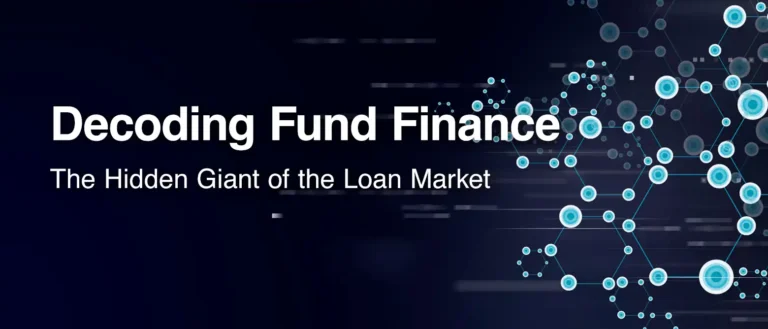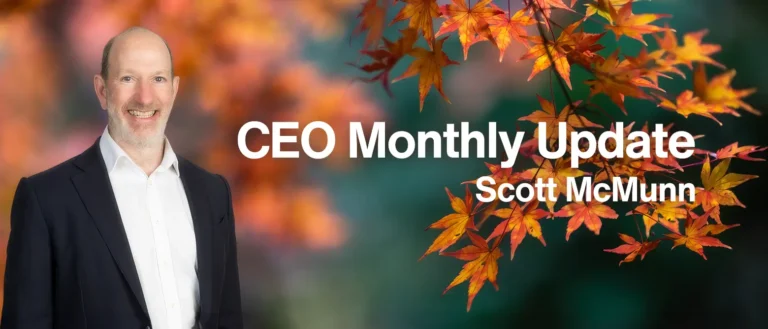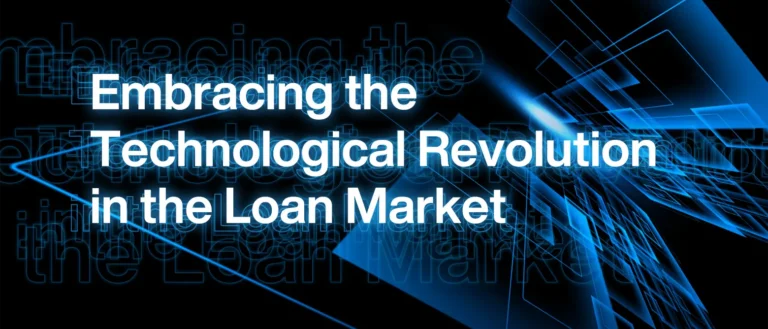Transition – the hot topic of 2024 and beyond – is not a conversation for the fainthearted. Rather it is a topic that warrants in-depth debate over a bottle (or two) of wine, to air the complexities associated with its achievement and, hopefully, solve them.
Hand-in-hand with the debate on what transition is, are the questions of how it should be achieved and financed. These topics formed the heart of an energetic 40-minute debate at the LMA’s Annual Loans Conference – a debate which followed earlier commentary that ESG is ‘no longer a priority’ and ‘not part of the [financing] discussion’.
Transition is not ESG.
Transition is not ESG; it is about how we transition the real economy through the next industrial revolution. It is an area of huge opportunity for those ready to embrace it – with $125 trillion of climate investment needed by 2050 to meet net zero (as of 2021)[1].
Transition finance is not a new concept, but something that has been discussed for years. It describes financing to support a company’s incremental improvements as it strives to meet its credible transition goal(s), evidenced in an overarching plan or strategy.
The difficulty lies in the details. What counts as good enough when it comes to incremental improvements? Ideally, you want to see alignment with the Paris Agreement, avoidance of carbon lock-in, the pursuit of common but differentiated pathways – taking stock of individual realities – all whilst acknowledging there is a single global carbon budget; a budget for which greenhouse gas emissions must peak by 2025 to limit global warming to 1.5oC and reduce by 43% by 2030[2].
A harmonised understanding of transition, and how to address these details, needs to be achieved globally not just amongst corporates, but also their financial stakeholders, who will ultimately finance the transition.
Individual Realities
Support needs to be tailored to a company’s individual reality, reflecting differences in sector, jurisdictional and even regional starting points. Whilst the end goal is universal, the route there can differ substantially – with some sectors still awaiting complete decarbonisation pathways due to limitations in currently available technologies.
Appreciating individual realities is equally important when integrating the concept of a just transition. Differences in interpretation of the concept can be acute, as the social implications of transition are starker in some economies than others. These factors all complicate the debate on what transition is, how it should be achieved and how it should be financed.
Financing Structures
Sustainability finance structures generally fall into two camps: (i) use of proceeds, which predominantly finances green projects and activities; and (ii) sustainability-linked, a transitional tool, whose metrics can be used to aid lenders in aligning their loan portfolios with their own transition strategies and carbon reduction plans.
As the market matures, these tools might more powerfully be used together. Sustainability-linked instruments look to set targets that progress a corporate’s overarching transition vision and strategy, with capex/use of proceeds financing being a lever to achieve this progress.
However, the appropriateness of these structures for the SME market needs to be given careful consideration. To date, there is a feeling that SMEs have been neglected when it comes to the transition debate, with (regulatory) frameworks often focusing on the transition of large corporates despite SMEs accounting for 90% of all businesses worldwide[3] and being responsible for 50% of global emissions[4]. The same can also be said of emerging market and developing economy entities, where over $1 trillion of investment is required per year in emerging markets through 2030 and beyond to get them tracking towards net-zero emissions by 2050[5]. This brings us back to the importance of the need to address, support and finance individual realities.
Transition as a risk factor
We could soon enter a world in which addressing the transition will become business as usual as opposed to an add-on activity. Failure to address the transition, or align with defined transition pathways, could therefore be perceived as a business risk, with pricing likely to be adjusted accordingly.
This near-term future will, however, present challenges for those entities where their regulatory environment does not actively support transition through the, for example, issuance of clear guidance as to how entities are expected to go about the setting and implementation of transition targets.
Conclusion
Transition will continue to dominate conversations about sustainability for years to come – with each country, sector and entity needing to find their own way to tackle it. Whatever your opinion on the topic, it is important to engage in the debate as an integral part of your loan portfolio risk management.
[1] climatechampions.unfccc.int: https://tinyurl.com/3fhh9zrw
[2] 6 April 2022 IPCC report: urgent climate action needed to halve emissions by 2030.
[3] World Bank (2019): Improving SMEs’ access to finance and finding innovative solutions to unlock sources of capital.
[4] European Commission (2021), Flash Eurobarometer 498: SMEs, Green Markets and Resource Efficiency
[5] June 2021 report, International Energy Agency (IEA), World Bank, and World Economic Forum.




